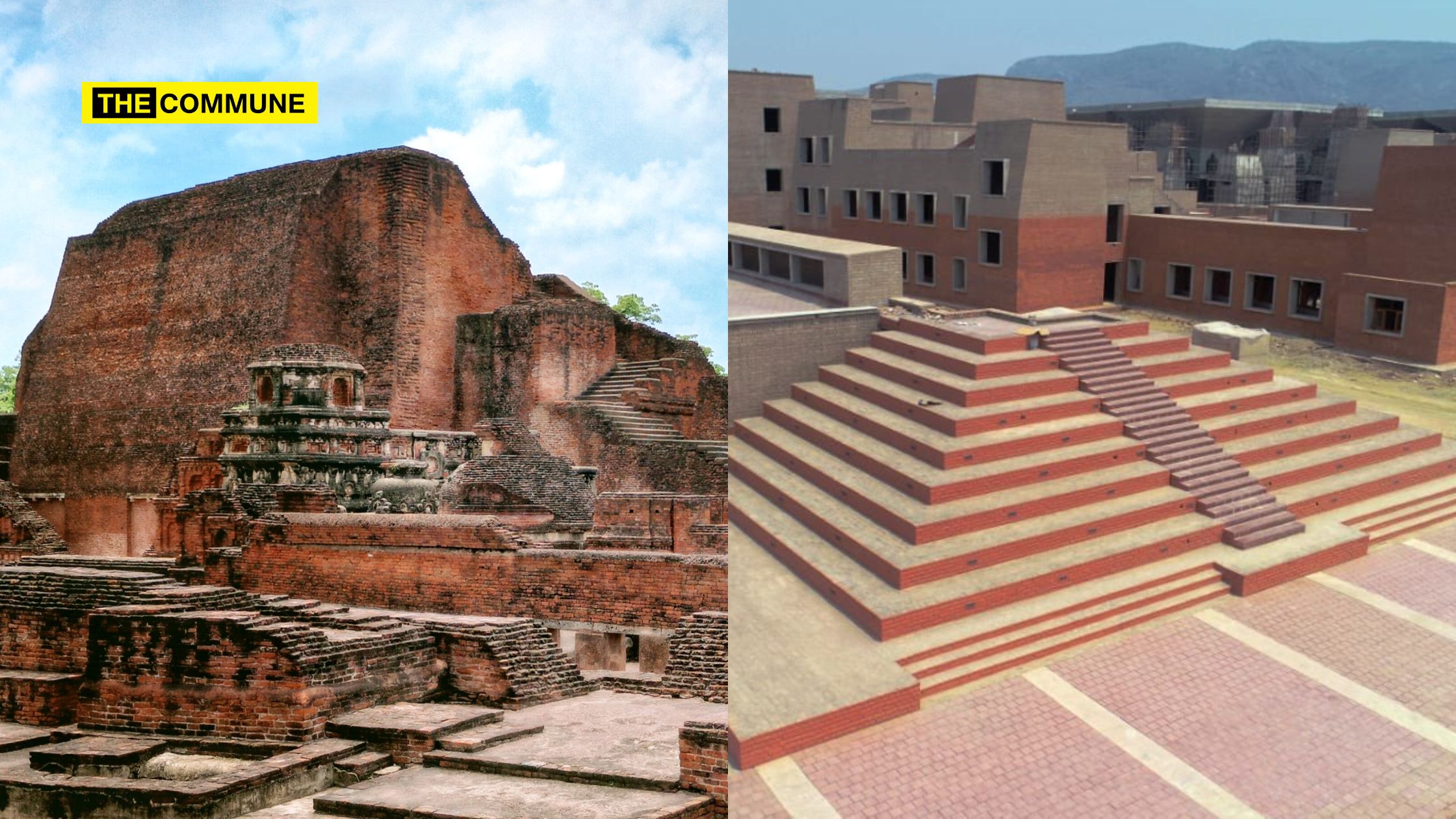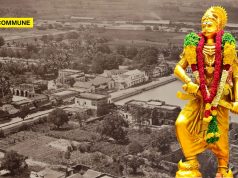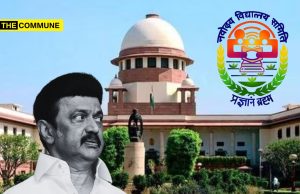
When Prime Minister Narendra Modi inaugurated the new campus of Nalanda University in Rajgir, Bihar, he not only inaugurated an institution of repute but also renewed a chapter in Bharath’s civilisational legacy. Nalanda was one of the greatest educational institutions which flourished for centuries before the destruction by external forces which led to the inevitable decline. During its peak period, it was considered the greatest learning centre not only in India but also in the world.
History
Nalanda University was founded during the “Golden era” of Indian history, the era of Guptas. Kumara Gupta, I was the king who is credited with founding this elite institute. Even though he was a follower of Hinduism, Kumara Gupta founded this ‘Maha Vihara’ of Buddhists during the early 5th century. A seal found on the site & numerous coins which belong to him establishes this fact. This was also corroborated by the Chinese pilgrim Xuanzang who gave a list of Gupta monarchs who patronised the monastery & the university. Guptas established universities not only in Nalanda but also in Odantapuri & Vikramashila in Bihar.
Seal of Narasimhagupta
It is said that the ‘tradition of formalised Vedic learning system helped to establish these learning centres”. Of the seals found on the site, those of Gupta kings like Narasimhagupta & Kumaragupta III give the genealogy of Guptas right from their founder. This shows that the university was continuously under the patronage of the Guptas for centuries. Post-Gupta era, Harshavardhana (7th Century) continued to support the university & subsequently Kings from the Pala dynasty (8th-12th Century) patronised Nalanda.
The University
Spread over 12 hectares, the Mahavihara & the university was based on the Mahayana sect of Buddhism. Hence texts associated with that and also eighteen Nikaya systems of Buddhism were taught in the university. In addition, Vedas including Atharva Veda, Logic, Grammer, Philosophy and medicine were taught to the students. By this, the university was one of the major learning centres of not only Buddhism but also of the Indic studies during that time. Hence students from faraway places & countries such as China, Korea, South East Asia & Central Asia were attracted towards this university. Shailendra dynasty kings of Southeast Asia established a monastery on the campus out of respect.
The university also had a well-established library. According to Tibetian sources the library (Dharmaganja) comprised of three big multi-story buildings. The names of these three buildings are Ratnasagara, Ratnodadhi & Ratnaranjaka. According to the Chinese pilgrims, the library had hundreds of thousands of books covering subjects like Buddhism, Vedic texts, grammar, logic, astronomy, astrology, medicine, and literature. Even in those times, it had a classification system for books & a well-developed catalogue.
Destruction
The glorious days of Nalanda came to an end during the early 13th century when Bakhtiyar Khalji raided the place. Khalji came from present-day Afghanistan to Delhi in search of employment. He was rejected a few times due to his character and finally found employment with Maliq Husamudin Ughlubak, commander of Varanasi. Husamudin assigned him the present-day Mirzapur district and asked him to look after the administration. From there Khalji started attacking Magadha which didn’t have a strong ruler at that time. As part of his attacks, he raided the monastic university towns of Odantapuri, Nalanda and Vikramashila. He plundered them to augment his military resources. Taranatha, a Tibetan monk says that of these early raids on Odantapuri repulsed and the Turuska force of five hundreds was defeated. Angered by this, Khalji launched a brutal attack on Odantapuri.
Minhaj a chronicler says
Bakhtiyar with great vigour and audacity rushed in at the gates of the fort and gained possession of the place. Great plunder fell into the hands of the victors. Most of the inhabitants of the place were Brahmans with shaven heads. They were put to death. Large numbers of books were found there. When the attackers saw them, they called for some person to explain their contents, but all the men had been killed.
The same pattern was followed in Nalanda & Vikramashila too as per Taranatha. While Nalanda & VIkramashila were destroyed, Odantapuri became a fortress of Turuskas.
Noted historian Vincent Smith says
By clean shaven Brahmana, the historians mean Buddhist monks. A great library was scattered. When the victors desired to know what the book might be, no man capable of explaining their contents had been left alive. No doubt, everything was burnt
Some scholars say that the great library was not completely destroyed and what was remaining was shifted to other places once the Turks left the monastery. Taranatha says frequent raids by Khalji massacred many learned monks. Nalanda became targets of these Turuska soldiers which compelled monks to flee and settle elsewhere, he says.
During 1232-36 CE, a Tiebten monk, Dhammasvami visited Nalanda. He found that the university was destroyed and damaged. Thousands of monks who were residing in the monasteries had fled. However, the chief of Nalanda who was ninety years of age didn’t run away. There were seventy monks receiving education under him. They were patronised by King Buddhasena and a Brahmana disciple Jayadeva. However, in the post-13th century, the university continued its decline as there were no patrons and no monks left to manage the monastery & university.
By reviving the great institution, PM had signalled that Bharath was the land of such elite institutions and the tradition is now reinvented and will continue. The university should continue its tradition of being the knowledge centre of Indic studies and spread the true heritage of our literature, history, culture & spiritual aspects to students.
It will be also a fitting tribute if the railway station to alight for Nalanda, which is named after the very destructor of the place, Bakhtiyar Khalji is renamed to Nalanda. That will correct a historic blunder.
TS Krishnan is a Tamil scholar and author.
Subscribe to our channels on Telegram, WhatsApp, and Instagram and get the best stories of the day delivered to you personally.




